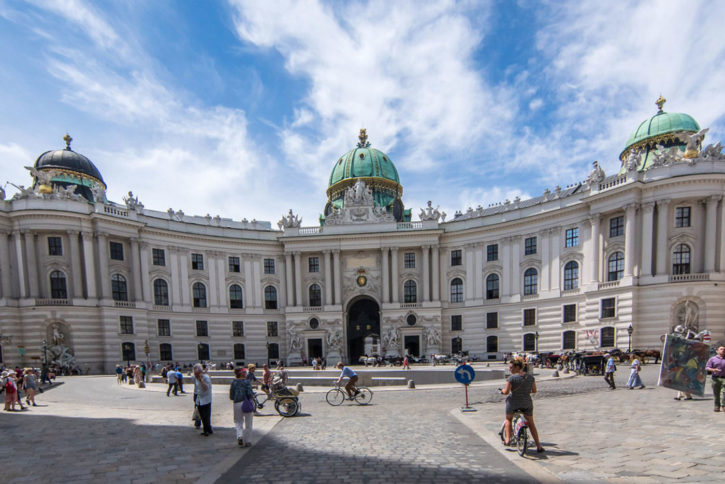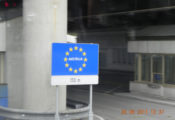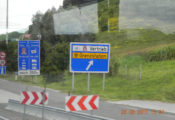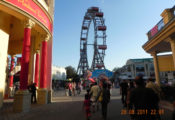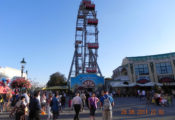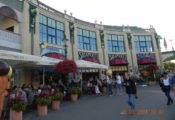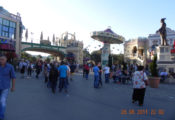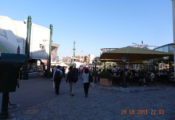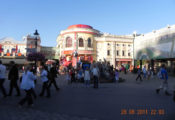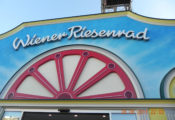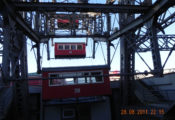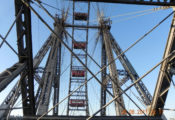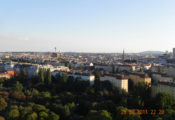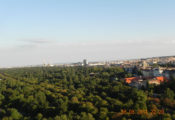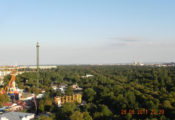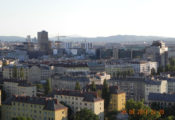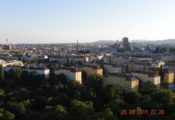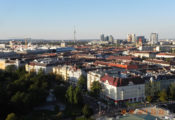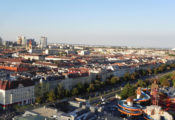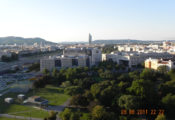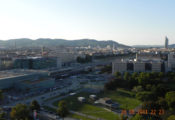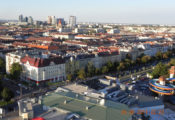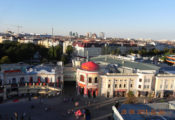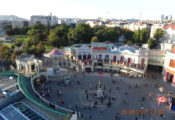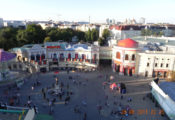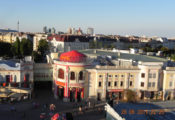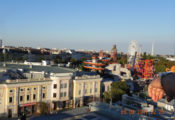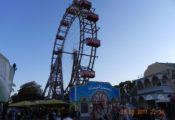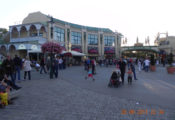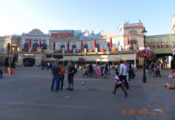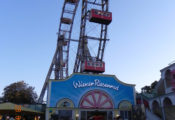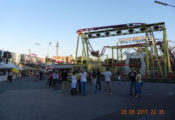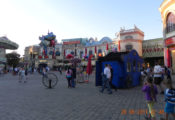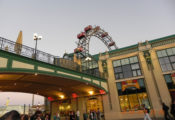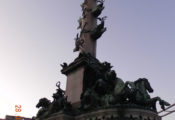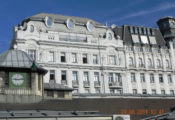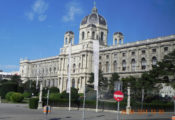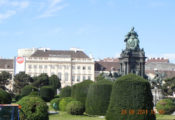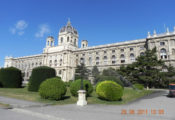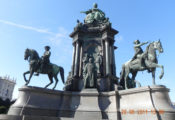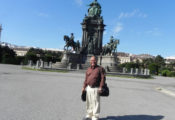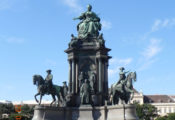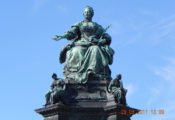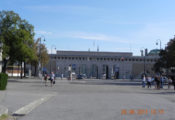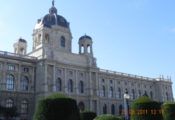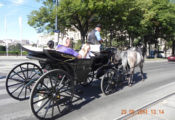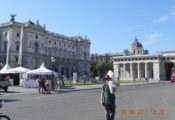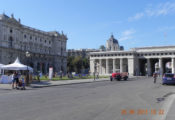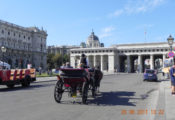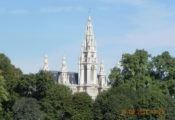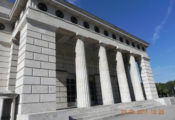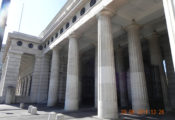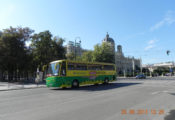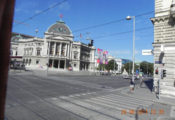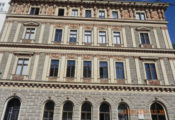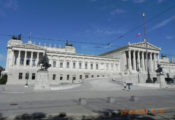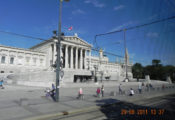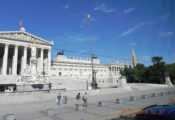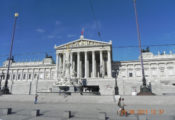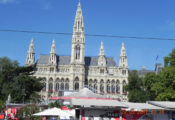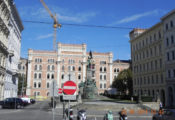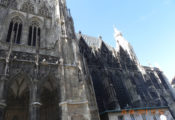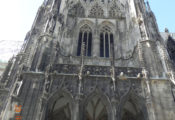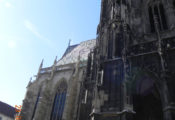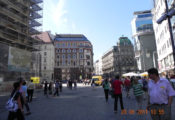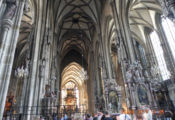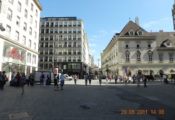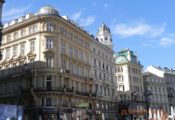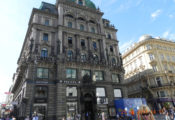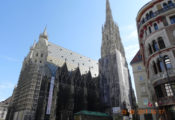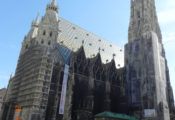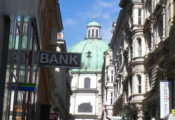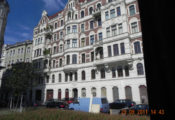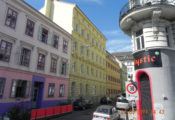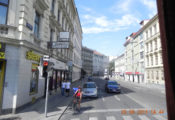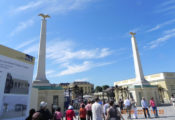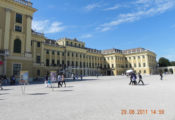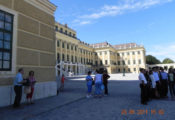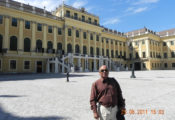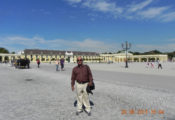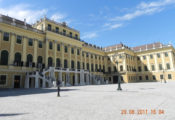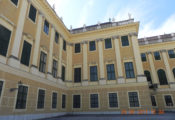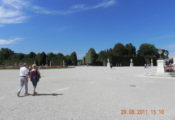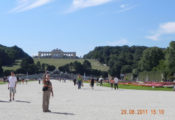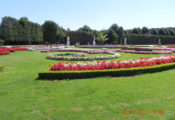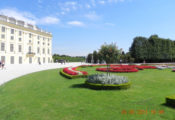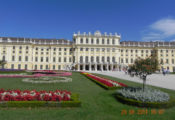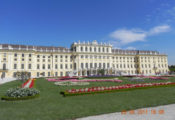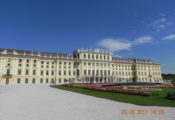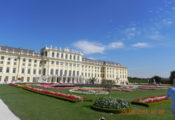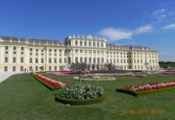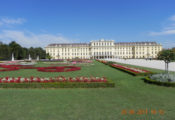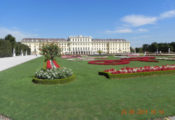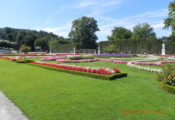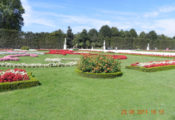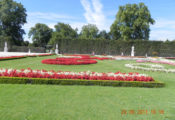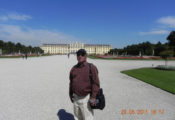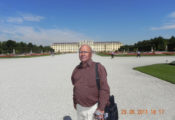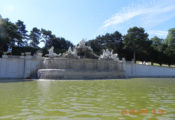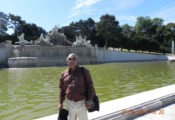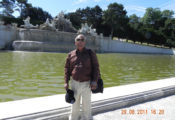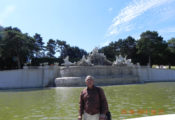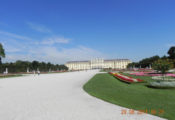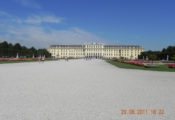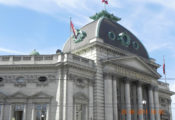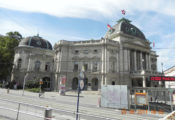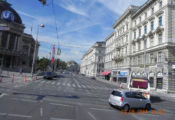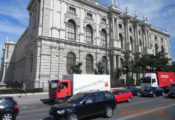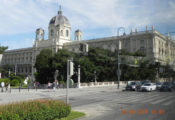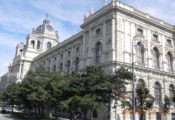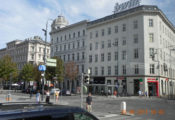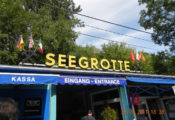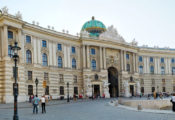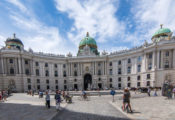28-08-2011
Vienna was inhabited since Neolithic period, some of the sculptures and Archaeological artifacts found including the famous Venus of Willendorf sculpture, provide evidence that the city was populated dating back to 25,000 BCE. The Romans then took over around 15 BCE, and control of the city changed hands numerous times as the Roman Empire declined. The first mention of the town as Wenia was found in 881, and a document from 996 refers to the wider area as Ostarrichi, the name that eventually became Osterreich, or Austria as we know it in English. Under the Babenberg dynasty, who made Vienna their residence around 1146, and the area prospered. It became an important trading center where Crusaders on their way to the East bought provisions and equipment, and it was given city status in 1221.
When the last of the Babenberg’s fell, the Habsburgs came into power and held on to the city for more than 600 years. In 1365, Vienna University was founded, making it one of the oldest universities in Europe. Vienna eventually became capital of the Austro-Hungarian Empire in 1556 after the Habsburgs had gained Hungary and Bohemia.
In 1679 the plague struck the city, killing nearly a third of its population. In the early 1700s, famous architects created a city of baroque palaces and stately homes. When the Habsburgs died out with Charles V in 1740, his daughter Maria Theresa took over. Under the Empress, and her son and successor Joseph reorganized the economy, army and judiciary; granted increased freedom to different religions, improved government and education, and supported the arts, as well as making German the country’s official language.
World War I stalled the city’s development and signaled the end of the empire. Its territories were divided and in 1919 the Republic of Austria was born with Vienna as its capital. With the 1920s came the rise of fascism and in 1934 civil war broke out on the city’s streets, paving the way for its annexation by Nazi Germany.
After suffering huge amounts of destruction from heavy bombing by the Allied Forces during World War II, Vienna was liberated by Soviet troops in 1945. It was then divided into occupation zones and controlled by different Allied powers until its independence in 1955.
Since then, the city has gone from strength to strength, and since the 1970s, it has been an official seat of the United Nations. While modernization has occurred, including improved public transport systems and the construction of skyscrapers across the city, the priceless architectural heritage of the city has also been preserved and the historical centre of the city was named a UNESCO World Heritage Site in 2001.
The places we visited:-
Schonbrunn Palace and Gardens
Having served as the summer residence to the Habsburg emperors, the Schonbrunn Palace and Gardens is indeed one of the most historical monuments in Vienna. Comprising of a whopping 1,441 rooms, the palace reflects the beauty and charm of Baroque architecture in all its magnificence. Considered to be an architectural and cultural icon, this grand palace is undoubtedly one of the best places to visit in Vienna.
The Hofburg
This Imperial Palace which once served as the powerful seat of the rulers of the Habsburg dynasty, the Hofburg today serves as the iconic seat of power, workplace, and the residence of the President of Austria.The oldest part of the palace is from the 13th century and then it extended to 20th century. This was the residence of the government in Habsburg and it was till 1918.
St. Stephen’s Cathedral
The architectural marvel of St. Stephen’s Cathedral is not just a historical monument but a symbol that has brought much recognition to the entire country. One of the most beloved landmarks of Vienna, St. Stephen’s Cathedral has guarded the city for more than 700 years now.
Vienna City Hall
A neo-Gothic structure, which today stands as one of the most crucial landmarks of Vienna, the city hall of Vienna is very popular among the several buildings in the place. The hall was built in gothic structure and the towers are similar to gothic tradition. Nowadays, this place is Vienna’s municipal administration and more than 2000 people work in this place.
Kunsthistorisches Museum and Maria-Theresien-Platz
Museum is housed in a magnificent building created expressly to show off the tremendous art collections of the Hapsburg royal family. The superb collection of Dutch art features the world’s largest collection. The museum overlooks Maria-Theresien-Platz, the focal point of which is the grand monument to Empress Maria Theresa. The statue was commissioned by Franz Joseph I and was unveiled in 1887. This massive monument depicts the Empress on her throne while surrounded by major personages of her day, including a number of generals on horseback. The high reliefs depict illustrious figures from the fields of politics; economics; and the arts, including Haydn, Gluck, and Mozart.
The Giant Ferris Wheel in the Prater
Prater Ferris Wheel is one of the city’s symbols. Almost 65 meters tall, it offers a breathtaking view of the city on the Danube. The Giant Ferris Wheel was erected in 1897 to mark the 50th year of Emperor Franz Joseph’s accession to the throne. It has been an enduring feature of the city’s skyline ever since. Situated right near the entrance to the Wurstelprater amusement park, its cabins offer a wonderful view of the city and the Prater. The diameter of the wheel is almost 61 meters, the entire iron structure weighs 430 metric tons. The wheel turns at a speed of 2.7 km/h.

